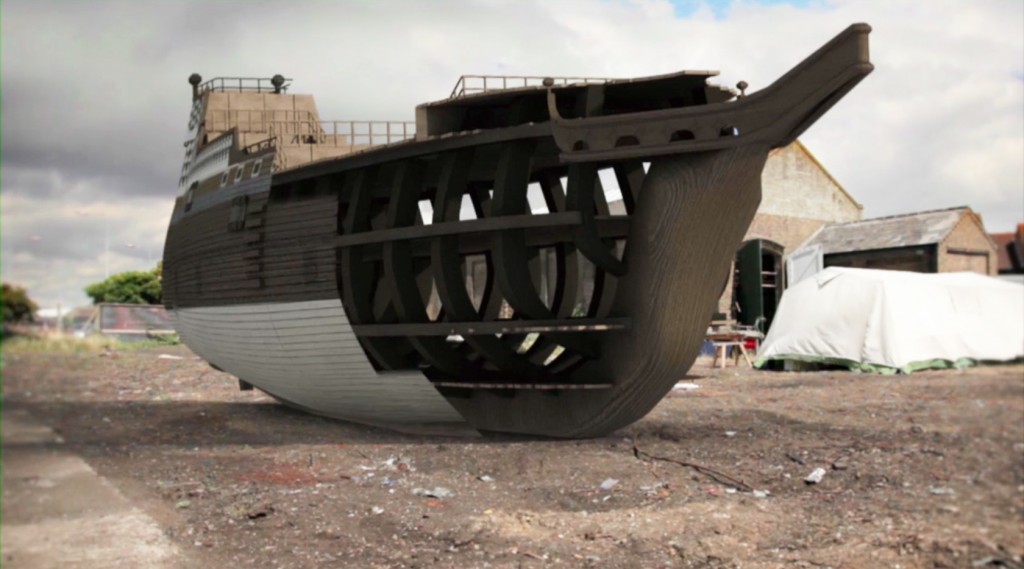The Harwich Mayflower Project is both a local community project and an international show-piece exhibiting one of the most famous vessels in history. The local aspect of the Project, concentrating on the construction of The Mayflower, combines traditional skills and experience of the past to educate and install a sense of pride and focus in Harwich.

The Mayflower has been designed with a high level of authenticity above the waterline with a minimum of modern intervention (removable lights, radars etc) most of which is either essential or mandatory. The main decks, filled with 102 pilgrims as well as about 25 crew in the original vessel, will offer more comfortable but removable accommodation for up to 24 sailors for longer passages and twice that number for short voyages. The lower part of the hull, shown as the Hold in the plans, will house the modern requirements for an ocean-going vessel such as generators, a sewage tank, stores and a small engine for manoeuvring the vessel in port.

Most of English shipbuilding in the era of the original Mayflower was based in East Anglia and while the precise origins of The Mayflower - probably built in the 1580s - are unconfirmed. It is likely she was built within a few miles of her home port of Harwich, which was for centuries a centre of the English merchant marine - (it is notable that one of the very first ships used by settlers to the New World, the Susan Constant and integral to the founding of Jamestown in 1609, was also owned and captained by a Harwich man, Christopher Newport; similarly the Concord and her master, Bartholomew Gosnold were locally based).
Excerpt from The Ship’s Blog:
The Ship Build itself has progressed in leaps and bounds in the last few months, we are now in the process of raising the first frame, which although wouldn’t usually happen at this stage of the build, we wanted to see how we would go about cutting each piece and work out a system to put them together and lift one in place. It also gives the visitors a visual idea of the size of the ship. This frame will be carefully blocked and shored up and will not be finally fitted until the backbone is finished and suitable datum lines established. Our other option is to use the very old tilting bed bandsaw that we have in the yard, but this requires a significant amount of work to be done to get it in an operational condition which we are trying to raise funds for.